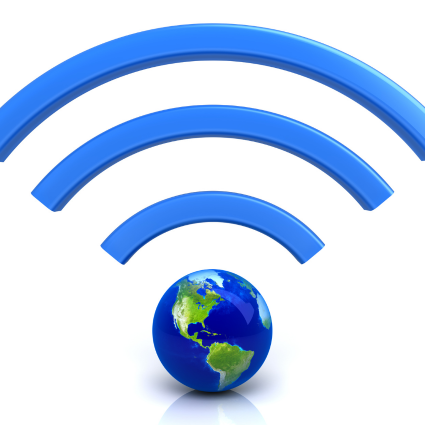WiFi and Healthcare
Healthcare had been lacking in the adoption of WiFi, compared to other industries, mainly due to security risks that come with HIPAA compliance requirements. However, in the last few years this has changed and we see a turn that is driven by the need to improve care and the efficiency of the industry, as well as the competition for customer satisfaction.
Accessing Electronic Health Records (EHR) as quickly and easily as possible is critical to improving the efficiency of doctors and nurses, as well as reducing the time it takes to provide care to patients. Tablets and mobile devices are used routinely and, of course, WiFi is their only network connectivity option.
Customer Satisfaction
Let’s not forget that hospitals are businesses that care and strive for customer satisfaction. Providing Internet connectivity to patients and family that are in the waiting room or waiting to be treated in an emergency room alleviates the inconvenience of long wait times and stress of being in a hospital. In addition, people may rely on an Internet connection (such as those who are self-employed) and while they are in a hospital, they can still keep up with work-related tasks.
A wireless network that is reliable, secure, and delivers the performance needed in healthcare starts from the design phase, followed by testing and validation of expected requirements. No matter how well these are done, it’s not possible to predict and test for working conditions, as well as future changes, that might affect the WiFi performance over 5-10 years (which is how long it usually takes to refresh WiFi infrastructure).
WiFi Monitoring in Healthcare
The need for WiFi monitoring in healthcare becomes apparent when considering the importance of this technology for medical devices as well as business oriented ones (staff efficiency, customer satisfaction). Every WiFi vendor provides statistics and monitoring from the controller perspective, which is invaluable information that is needed to capture the network status from the access point perspective. However, this is not enough to capture what WiFi clients really experience.
The WiFi user experience can be captured only by the users themselves. This is where sensor-based WiFi monitoring comes into the picture. The sensors are deployed exactly where the users are (auditorium, operating room, hallway) and connect to the wireless network, just like a user would.
The sensors, or Beez, as we call them at NetBeez, run active tests towards services, applications, and servers, and then report their performance to the NOC. In addition, they capture information such as the signal strength, link quality, and broadcasted SSIDs. If any of the sensors detect a service disruption or poor performance, the NOC knows about it within seconds and also have data to troubleshoot. They know when a problem started, when it stopped, if it’s intermittent, and who is affected.Therefore, they can determine if it’s a problem isolated at a specific location or widespread among all monitoring sites.
Healthcare spending is almost 20% of the US economy, and the industry has seen a massive investment in IT in the last decade. A large portion of it went towards improving efficiency and care, as well us customer satisfaction. It’s important to protect that investment and make sure that the wireless network that connects people and machines with the backend infrastructure delivers. It’s equally important to invest in a well-planned wireless network, as well as monitoring it in production. Sensor-based user monitoring completes the picture of what your WiFi delivers hand-in-hand with AP-based monitoring.





